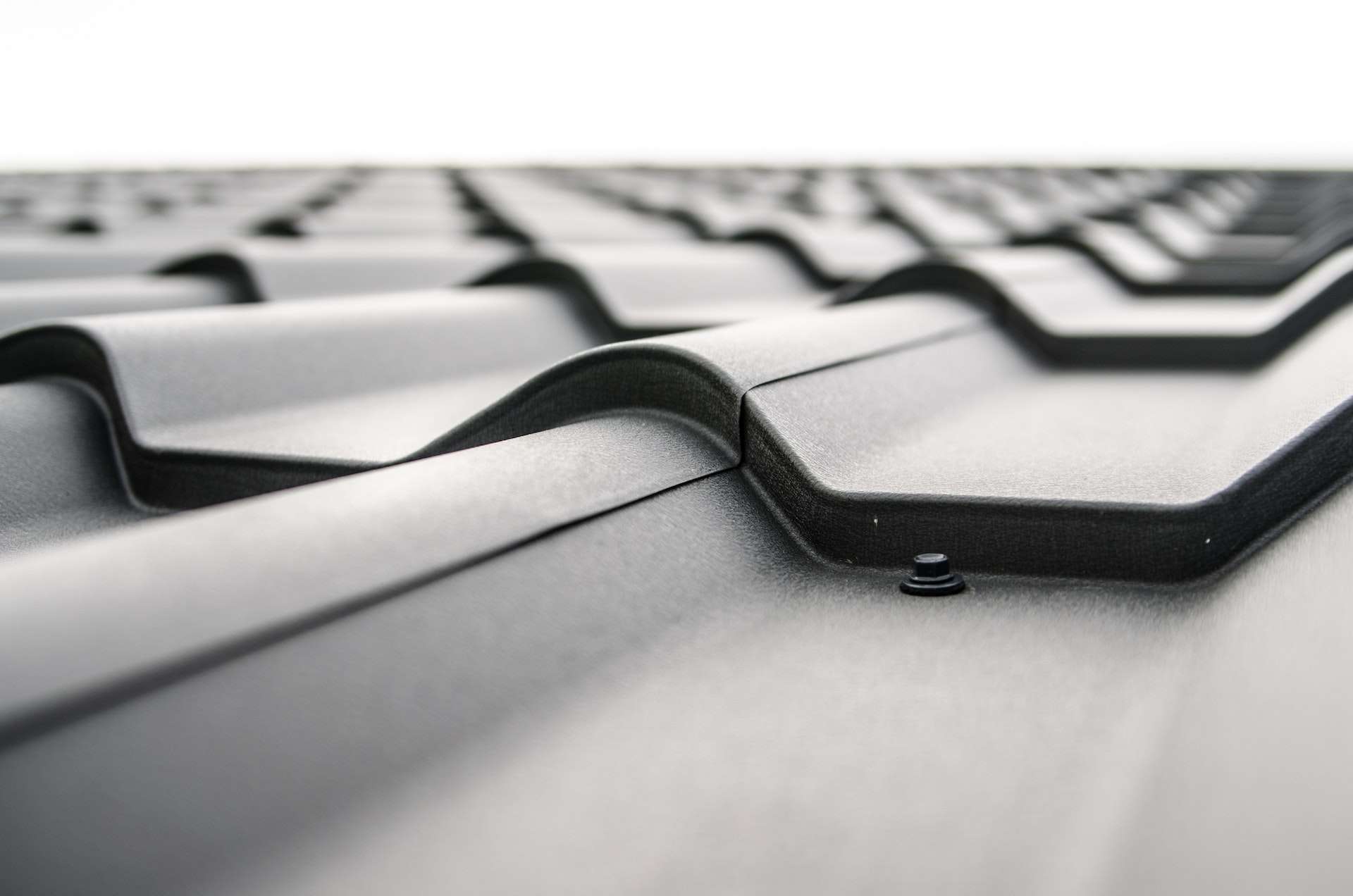Your home’s roof is not only a protective covering but also a significant aspect of its overall aesthetics and value. Choosing the right roofing material is an essential decision that should not be taken lightly.
It will have long-term implications for your home’s durability, energy efficiency, and curb appeal. To guide you through this critical process, we have compiled the ultimate guide to selecting the perfect roofing material for your home.
The Importance of Choosing the Right Roofing Material
The significance of selecting the appropriate roofing material cannot be overstated. Firstly, your roof acts as the first line of defense against external elements such as rain, snow, wind, and sunlight. The right choice can ensure optimal protection from these elements and prevent costly damage to your home’s interior structure.
Additionally, different regions experience varying climatic conditions that require specific roofing materials to combat them effectively. For instance, areas prone to high winds may require materials with exceptional wind resistance properties.
Furthermore, selecting a suitable roofing material is crucial for energy efficiency purposes. Certain materials possess better insulation qualities than others, helping to reduce heating and cooling costs throughout the seasons.
Factors to Consider When Selecting Roofing Material
Selecting a roofing material involves considering various factors that are unique to each homeowner’s situation:
- Aesthetic Appeal: Your roof greatly contributes to your home’s overall visual appeal. Whether you prefer a rustic or modern look or want it to blend with neighborhood architectural styles will influence your choice of roofing material.
- Budget: Your budget plays a significant role in determining which roofing materials are within reach. Some options come at higher initial costs but offer long-term savings due to their durability and low maintenance requirements.
- Climatic Conditions: The climate in your region will influence the longevity and performance of different roofing materials. For example, areas with high rainfall may require materials with excellent water resistance.
- Longevity: Consider the lifespan of each roofing material option. Some materials, such as metal or slate, can last considerably longer than others, minimizing the need for regular replacements.
- Maintenance Requirements: each roofing material has specific maintenance needs that should align with your availability and willingness to perform regular upkeep tasks.
- Environmental Impact: if environmental sustainability is important to you, opting for eco-friendly materials like recycled shingles or solar tiles can help reduce your carbon footprint.
Taking these factors into account will enable you to make an informed decision that satisfies both your practical needs and personal preferences. Stay tuned for the next sections of this ultimate guide as we delve into a comprehensive overview of various roofing materials, their advantages, drawbacks, and suitability for different housing styles and climates.
High-Level Overview of Roofing Materials
Asphalt Shingles
When it comes to roofing materials, asphalt shingles are a popular choice for their affordability, versatility, and ease of installation. Composed of a fiberglass or organic base mat coated with asphalt and covered in mineral granules, asphalt shingles offer several benefits.
They provide excellent protection against the elements, including resistance to fire and wind damage. Asphalt shingles also come in various types and styles to suit different architectural preferences.
Whether you prefer traditional three-tab shingles or more premium options like architectural or designer shingles, there is an asphalt product to match your unique style. Additionally, these shingles have a relatively long lifespan ranging from 20 to 30 years in most cases if properly maintained.
Metal Roofing
Metal roofs have gained immense popularity in recent years due to their exceptional durability and energy efficiency. Available in different types such as steel, aluminum, and copper, metal roofs offer superior resistance against harsh weather conditions like heavy rain, strong winds, and hailstorms.
Their longevity is impressive as well, with metal roofs lasting up to 50 years or more when properly installed and maintained. Furthermore, metal roofing provides excellent energy efficiency by reflecting solar heat instead of absorbing it like traditional asphalt shingles do.
This feature helps reduce cooling costs during hot summers. However, it’s worth considering that metal roofing can be relatively expensive upfront compared to other materials due to the higher cost of materials and specialized installation requirements.
Clay or Concrete Tiles
If you seek a roofing material that exudes elegance while providing excellent durability and fire resistance capabilities, clay or concrete tiles are worth considering. These tiles come in various colors and architectural styles that can elevate the aesthetic appeal of any home design from Mediterranean villas to Spanish-inspired houses.
Besides their visual appeal, clay or concrete tiles are incredibly durable and can last over 50 years with proper care. Additionally, they are resistant to fire, insects, and rot, making them a reliable choice for homeowners concerned about sustainable and long-lasting roofing solutions.
However, it’s important to consider the weight of these tiles as they can be quite heavy. Adequate structural support is necessary to ensure the integrity of your roof.
Niche Subtopics on Roofing Materials
Slate Roofing
Slate roofing is renowned for its historical significance and unique characteristics that set it apart from other materials. With origins dating back centuries, slate roofs offer exceptional longevity, often lasting over a century when maintained properly. Besides their durability, slate roofs provide a natural elegance that enhances the overall aesthetics of any home.
Furthermore, slate is an eco-friendly option as it is a natural stone material that doesn’t require any chemical treatments or additives during its production. However, it’s important to note that slate roofing can be quite expensive due to the labor-intensive installation process and the need for specialized expertise.
Wood Shakes or Shingles
Wood shakes or shingles provide a distinct charm with their rustic appeal and natural beauty. Typically made from cedar or other types of wood, these roofing materials offer excellent insulation properties, keeping homes cooler in summer and warmer in winter by providing natural ventilation.
Wood roofs are also highly durable when properly maintained but require regular upkeep to prevent decay or moss growth caused by moisture accumulation. It’s essential to treat wood shakes or shingles with preservatives regularly to extend their lifespan and maintain their structural integrity.
Synthetic Roofing Materials (e.g., rubber, plastic)
Synthetic roofing materials have gained popularity as viable alternatives to traditional options due to their affordability and ease of installation. Made from rubber or plastic composites, these synthetic roofs offer benefits such as lightweight nature, making them suitable for a broader range of roof structures.
They are also resistant to extreme weather conditions and often come with extended warranties, ensuring peace of mind for homeowners. However, it’s important to consider that synthetic roofing materials may have a shorter lifespan compared to natural alternatives, and they may not offer the same level of aesthetic appeal.
Conclusion
Choosing the right roofing material for your home is a decision that should be made carefully, weighing various factors such as durability, aesthetics, cost-effectiveness, and maintenance requirements. Whether you opt for the classic affordability of asphalt shingles or decide to invest in the long-lasting elegance of slate or clay tiles, each material has its own unique advantages and considerations. By understanding the high-level overview as well as exploring niche subtopics like metal roofing or wood shakes, you can make an informed decision that enhances both the functionality and beauty of your home.
Remember to consult with professionals in the field who can provide expert advice tailored to your specific needs. With careful consideration and attention to detail in selecting your roofing material, you can ensure a secure and visually appealing shelter for years to come.



